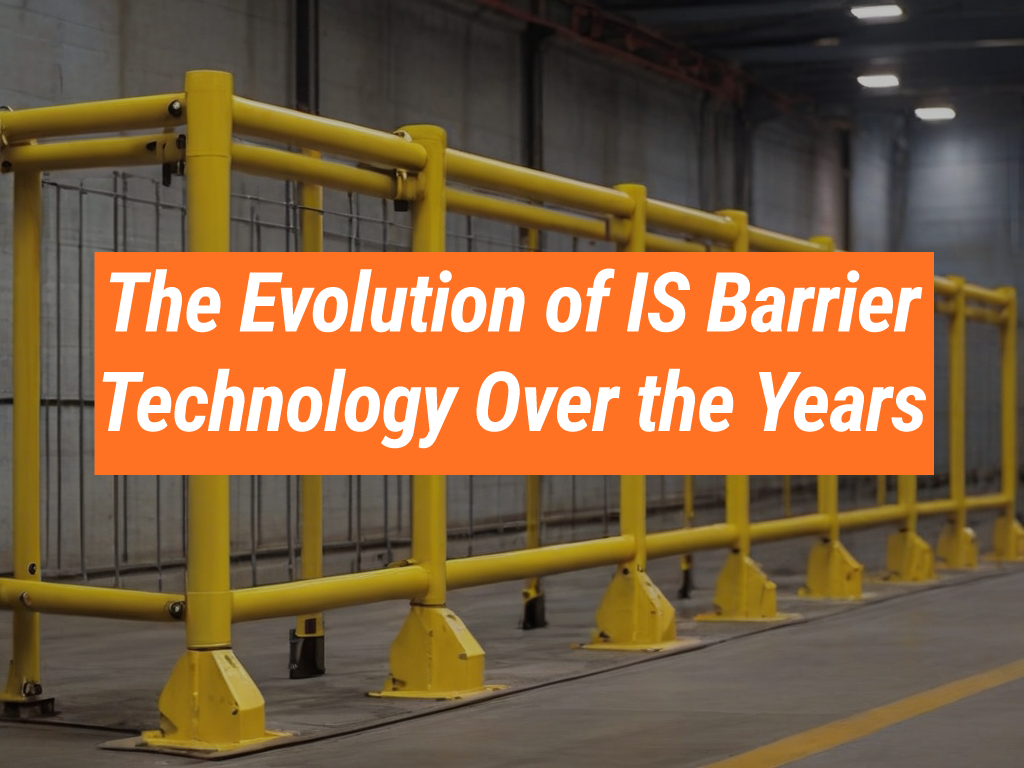As technology continues to evolve, so does the need for safety measures in hazardous environments. One such safety measure is the Intrinsically Safe (IS) Barrier technology. This article, brought to you by the Intrinsically Safe Store, will delve into the evolution of IS Barrier technology over the years. We invite you to visit our website to learn more about our range of intrinsically safe products.
Understanding Intrinsically Safe Barrier Technology
Intrinsically Safe Barrier technology is designed to limit the energy available for ignition in hazardous areas. It prevents the transmission of excessive voltage or current to the hazardous area, thereby preventing sparks or heat that could ignite a flammable or explosive atmosphere.
The Early Years of IS Barrier Technology
The concept of intrinsic safety was first introduced in the mining industry in the early 19th century. The initial IS barriers were simple zener diode barriers that limited the voltage and current to safe levels. However, these early barriers had limitations, such as the inability to transmit data signals.

Advancements in IS Barrier Technology
Over the years, significant advancements have been made in IS Barrier technology. These include:
- The introduction of galvanic isolation barriers in the 1980s, which allowed for data transmission while maintaining safety.
- The development of Fieldbus Intrinsically Safe Concept (FISCO) in the 1990s, which allowed for more devices to be connected to a single barrier.
- The advent of digital IS barriers in the 2000s, which provided even greater flexibility and functionality.
Case Study: The Impact of IS Barrier Technology in the Oil and Gas Industry
IS Barrier technology has had a significant impact on industries such as oil and gas. For example, the Journal of Loss Prevention in the Process Industries conducted a 2017 study that found using IS Barrier technology could reduce the risk of ignition in hazardous areas by up to 90%.
The Future of IS Barrier Technology
As technology continues to evolve, so too will IS Barrier technology. Future developments might incorporate barriers that can handle even higher data rates, or barriers that can be remotely monitored and controlled.
Advancements in IS Barrier Technology: Ensuring Safety in Hazardous Environments
The evolution of IS Barrier technology over the years has significantly improved safety in hazardous environments. From simple zener diode barriers to advanced digital barriers, this technology continues to evolve to meet the needs of various industries. As we look to the future, we can expect even more advancements in this critical safety technology.
For more information on IS Barrier technology and other intrinsically safe products, visit the Intrinsically Safe Store or contact us today.


